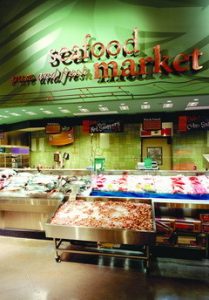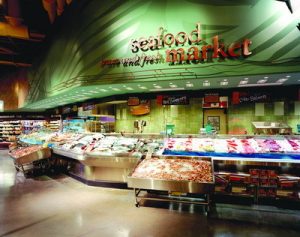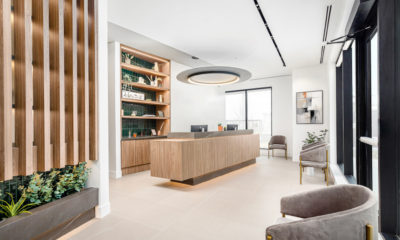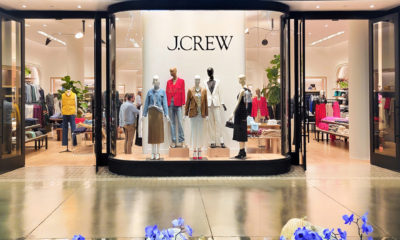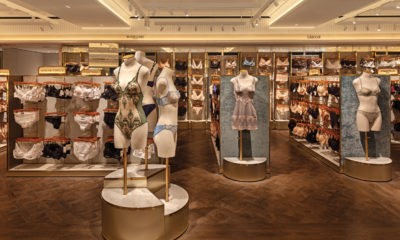The fiberoptics industry has been waging a battle to demonstrate that it’s more than the twinkling lights of yore – that it has a place in the world of light sources that illuminate retail spaces and cast interest and drama on the merchandise. Here’s our side of the story.
Today, there are fiberoptic lighting systems available that are both energy-efficient and deliver substantial, high-quality amounts of light. Four key innovations have combined to make this all possible:
1. The advent of short-arc, low-wattage metal halide sources that efficiently deliver light into fiber.
2. A new approach to collecting that light through non-imaging optics has resulted in harvesting over 95 percent of this light and efficiently driving it into the fiber.
3. Ultra-pure, continuously extruded, large core fibers have replaced the cast-fiber technology of the 1990s.
4. A new generation of optical splitters has allowed multiple, large-diameter fibers to be efficiently coupled to the light source.
The end result is energy-efficient lighting that delivers up to 60 lumens per watt (depending on the application), does not require a fan in the illuminator, is cost-competitive with many other lighting methods and is often warranted for the life of the installation.
Plus, it’s all accomplished with no electrical current or heat in the fiber or at the output end of the system and no ultraviolet or infrared wavelengths present in the distributed light. This lack of electrical current is one reason the military has used the technology to design more robust fighting craft and why pool and spa builders have incorporated fiber into their products.
Since fiberoptic lighting systems naturally filter infrared (heat) and ultraviolet wavelengths, they are ideally suited for applications where these more damaging elements of the spectrum are of concern, such as where merchandise that contains dye, scents or other organic material (think leather, for instance) may degrade under other light sources.
Lighting a Grocery Store Near You
Perhaps the most interesting market for state-of-the-art fiberoptics is the grocery store, where all the benefits of the technology come into play. Here is a retail environment that uses a lot of energy to maintain food safety and seeks to display higher-margin but perishable products in the best light.
Fiberoptics have been shown to provide highly targeted light to products that might degrade more rapidly under the direct assault of traditional incandescent or metal halide sources. Eliminating infrared and UV can reduce concerns of food safety (seafood, deli meat and cheese, for example) or increased shrinkage (produce discarded because it spoils or just looks unappealing).
A recent University of Idaho study documented the beneficial effect of illuminating potatoes with fiberoptic lighting. Potatoes are particularly vulnerable to a light-induced effect called “greening,” a change signaling the production of toxic compounds called “glycoalkaloids.” The Idaho test confirmed that fiberoptics, compared to all other sources, extend the shelf life of potatoes.
With over 50 percent of a grocer’s energy use being devoted to refrigeration, placing lamps and ballasts in a refrigerated environment is clearly counterintuitive. Even LEDs, touted as being heat-free, dump their waste heat to the interior of a refrigerated case. Due to increased light source efficiency and new fixture designs, fiberoptic lighting greatly reduces cooling loads on the system. Maintenance is reduced by moving the lamp and ballast to a more accessible location (above the case), and light levels are more consistent and properly targeted to the merchandising sweet spot.
Fiberoptic lighting has come a long way. Now, more than ever, it can be seen as a smart and proven technology for a demanding market with growing energy needs, rising costs and specialized requirements. In the world of fiberoptic lighting, “let there be light” has become more than a Biblical imperative. ∫
Got a comment about this article or another illuminating view on retail lighting to share? E-mail ideas to vmsd@stmediagroup.com.
Ted des Enfants is vp and general manager, and Michael Weber is account executive, Energy Focus
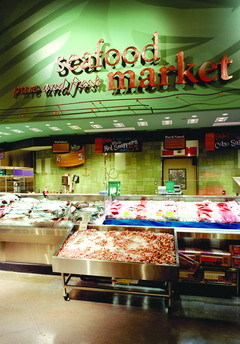
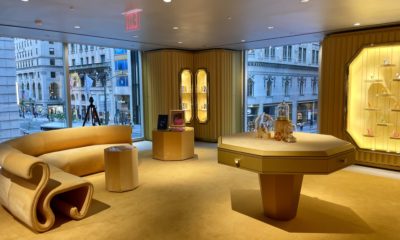
 Eric Feigenbaum1 week ago
Eric Feigenbaum1 week ago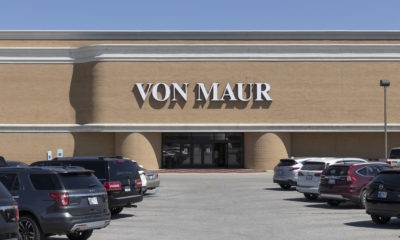
 Headlines1 week ago
Headlines1 week ago
 Headlines2 weeks ago
Headlines2 weeks ago
 Headlines2 weeks ago
Headlines2 weeks ago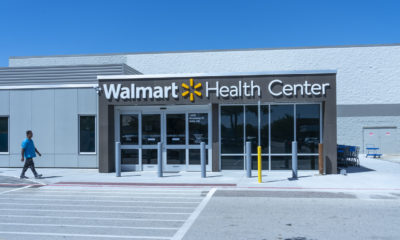
 Headlines1 week ago
Headlines1 week ago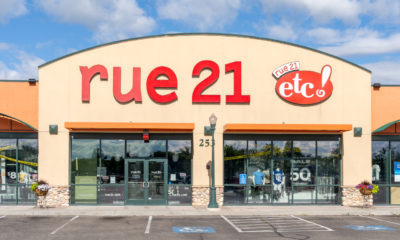
 Headlines6 days ago
Headlines6 days ago
 Blogs & Perspectives1 week ago
Blogs & Perspectives1 week ago
